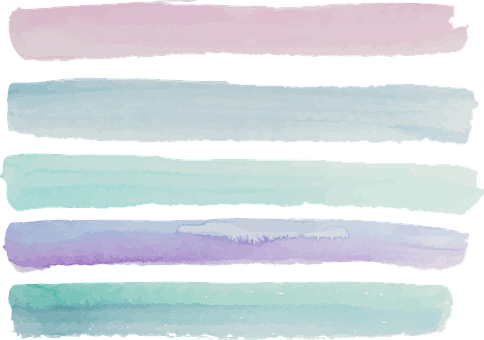Watercolor painting is a popular form of art that has been around for centuries. It can be done on paper or on other surfaces like wood or fabric.
Painting with watercolor is not as easy as it seems, it takes skill and patience to become good at it. The paint needs to be diluted with water before use, and the color needs to be applied in thin layers so that the paper doesn't soak up too much of the paint. The artist also needs to know how to mix colors together so that they can create new ones when needed.
Despite these challenges, you can learn the fundamentals of watercolor painting with the help of this step-by-step guide.
Step1: Get Your Watercolor Painting Kit Ready
Watercolor painting is a fun and creative hobby. It can also be a great way to express your creativity. You might be wondering how to start watercolor painting. There are many ways to get started, but the easiest way is to buy some watercolors, paper, brushes and a water container.
For this tutorial, we will be using the following materials:
-watercolor paints
-paper -a water container (or container of clean water)
-palette (optional)

Step2: Find A Painting Workspace
Find a location where your materials can fit and where you can put your water so that it won't unintentionally spill on your work. To protect any underneath surfaces if you don't use a board, you might also think about placing newspaper or paper towels under your work area.
Step3: Make A Simple Color Chart
Making color swatches is one of the finest ways to improve your brush technique, color theory, and mixing abilities (or even a color chart or wheel). When considering watercolor ideas or organizing new projects, you can refer to your chart.
Water, watercolor paper, and your watercolor palette are the first three items you'll need to prepare a basic watercolor painting color chart. List the names of all the colors in your palette starting on the left side of the page and moving vertically. Move your list horizontally from left to right across the bottom of your paper. Then, by coordinating the colors and blending them in accordance with your preference, fill in the "grid" using your watercolor paints and brushes.

Step4: Warm Up
Try warm-up techniques and exercises to improve your painting abilities as the next stage in beginning a watercolor painting project. Exercises for practicing might range from creating watercolor paintings' sketches to practicing new brush techniques.
When you're just getting started, there is no right or wrong way to paint with watercolor. You're on the correct track as long as what you're doing encourages your sense of creativity and involvement in the process.

Basic tips for Color painting
- Dry wash
On dried paper, it is a plain, consistent color. What matters most is that it appears substantial.
- Wet on wet
The process involves drawing the outlines of a painting with a pencil and then filling in those lines with washes of color. The washes are typically created by applying colors to a wet paper surface or by dipping the brush in water and then applying it to the paper.
- Paint from light to dark
- Avoid mixing too many pigments at once to avoid muddy hues.


No comments yet